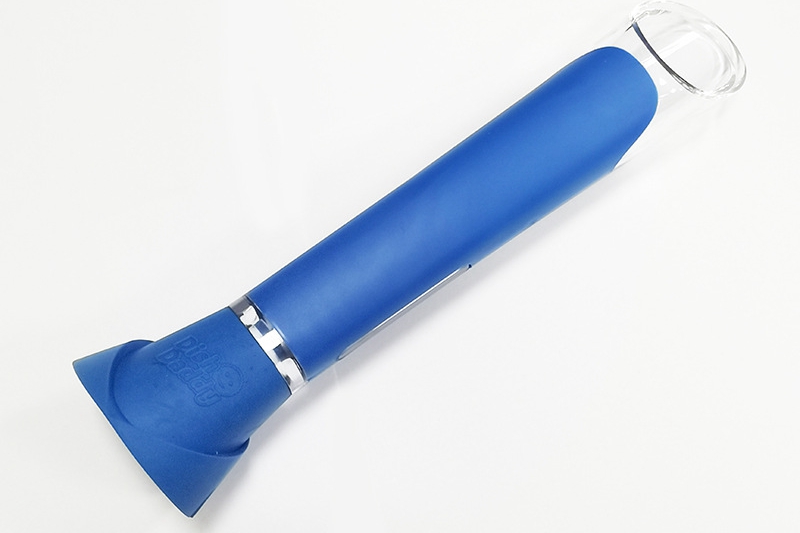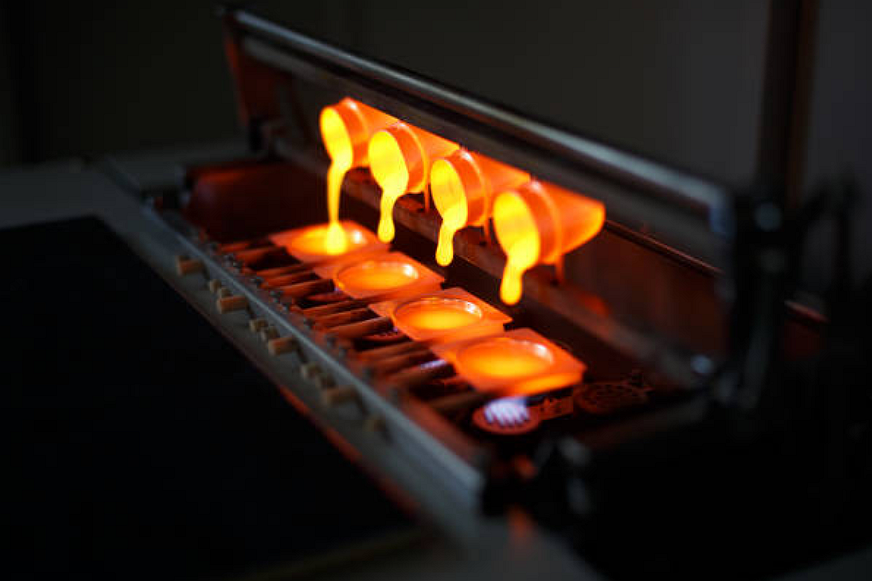What are the trade-offs between die-cast aluminum and welded steel structures?
When comparing die-cast aluminum components to welded steel structures, the decision must consider mechanical performance, manufacturability, cost, and durability across the full product lifecycle. In automotive and e-mobility applications, aluminum die casting offers significant advantages in weight reduction, precision, and part consolidation, while welded steel remains advantageous for extremely high-load-bearing structures and applications where cost and reparability are key considerations. Understanding these trade-offs enables engineers to select the optimal manufacturing route for each component.
Structural Performance and Weight
Aluminum alloys such as A380, A356, or 6000 series aluminum provide excellent strength-to-weight ratios, enabling up to 30–50% mass reduction compared to conventional steel structures while maintaining stiffness through ribbing and optimized geometry. Welded steel structures still provide higher tensile strength and yield strength, making them suitable for primary crash load paths where deformation must be tightly controlled.
Die-cast parts allow complex internal channels, bosses, and hollow areas that cannot be produced economically with welding. This allows functional integration, such as cooling passages or mounting features, improving performance without additional weight.
Manufacturing Efficiency and Design Freedom
Die casting eliminates multiple fabrication and assembly steps found in welded steel structures. With aluminum die casting or precision casting, functional features such as ribs, brackets, and fastener points can be integrated in one shot. This reduces SKU count, assembly time, and variability. For low-volume prototyping, CNC machining and 3D printing prototyping are often used to validate these designs before mass production.
Welded steel requires multiple parts, fixtures, and skilled labor. Geometry is typically limited to sheet bending and tube assembly, which restricts topology optimization. However, it offers process flexibility at small batch sizes and is easier to repair in the field.
Cost, Lifecycle, and Maintainability
For mass production, die casting becomes highly cost-effective because per-part cost drops significantly once tooling is amortized. Steel welding has lower initial investment but may require more labor and assembly steps throughout production. Additionally, welded steel components are more accessible for aftermarket service and manual repair.
To improve durability and corrosion resistance, cast aluminum components often receive anodizing or powder coating. For steel, long-term protection relies on treatments such as galvanizing, electroplating, or painting. The lighter weight of aluminum also reduces fuel consumption and power demand over the vehicle's operational life.
Application Guidelines
Use welded steel where extreme crash resistance, manual repairability, or low tooling costs are priorities.
Use die-cast aluminum for weight-sensitive parts, functional integration, and high-volume manufacturing.
Combine both materials for hybrid assemblies—die-cast substructures with steel reinforcements in crash-critical zones.
Validate designs with realistic processes using rapid molding prototyping to ensure accurate mass and structural performance.



